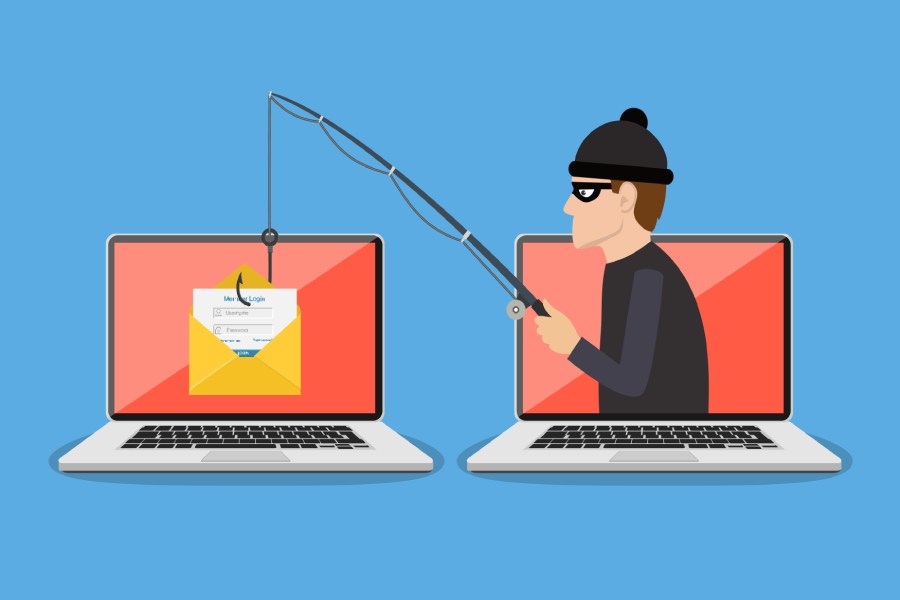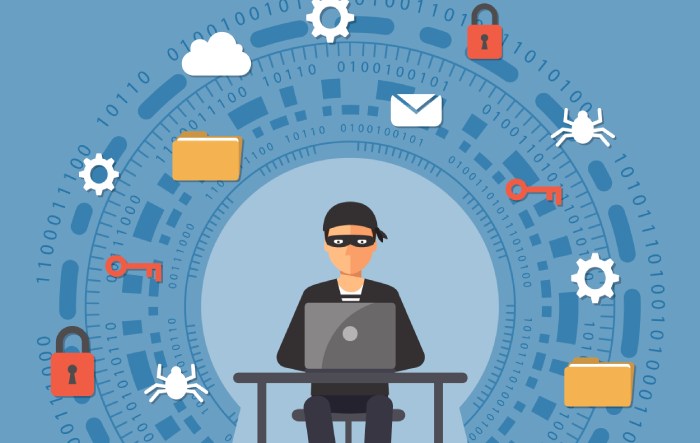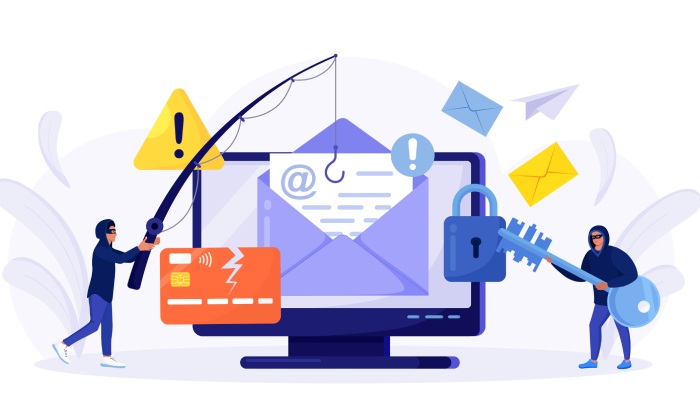In the highly digitized world, phishing attacks continue to jeopardize global organizations, targeting their employees. Considering humans to be an easily accessible line of defense when it comes to cybersecurity, awareness among staff is the need of the hour. When one finds one of the machines or systems vulnerable, one proactively fixes the issue. The same applies to employees who are humans. Besides deploying innovative anti-phishing solutions, one needs to deploy a good cybersecurity awareness program to prepare employees to mitigate attacks.
In January 2021, Google registered as many as 2,145,013 phishing websites, while the figure was 1,690,000 around the same year in 2020. It marks a 27% rise in phishing attempts within a year, and the trend continues to look menacing.
Forward-thinking organizations often scrutinize the maturity of their employees by simulating phishing attacks on them. Fostering a solid cyber-awareness culture within the organization can serve as a powerful defense mechanism against online threats.
What Makes Security Awareness Training A Necessity?
As a business owner, one would prioritize securing one’s operational environment. Given that malicious actors presently deploy intelligent techniques to make their way through the line of defense, an organization needs to start with its employees. Even if one knows how to ward off phishing emails, malicious actors can be brilliant in deploying social engineering techniques through the staff. Attackers can use personalized strategies while targeting their victims. Eventually, all employees would encounter some phishing attempt or the other at some point in time. Better cyber resilience in the work environment can secure an organization’s information assets.
Spear phishing, or highly targeted emails, account for 91% of successful cases of data breaches. An organization cannot stand such attacks unless it trains all its employees. Given that malicious actors change their techniques often, the organization needs to leverage its security posture by fostering proper security awareness. Even if it invests in security tools, such as anti-ransomware solutions, it will still need to make sure that humans do not fall prey to cyberattacks.
Cybersecurity should be treated as a shared responsibility considering the vulnerabilities in an organization. Many employees are still unaware of the threats associated with privacy and data breach. An informed decision on their end can ward off cyber threats. With security awareness training, business owners can mitigate the threats, ensuring that the employees would refrain from committing costly mistakes.
How To Engage Employees In Security Awareness Programs?
The global migration to remote work amidst the pandemic has scaled up phishing attacks significantly. Hence, besides technological investments such as anti-malware tools, organizations also need to ensure the staff is adequately prepared to mitigate phishing attacks. Here are specific strategies that would help organizations engage employees in security awareness programs.
- Develop personalized training campaigns, considering the employees’ knowledge levels and risk profiles.
- Practically demonstrate how best practices and appropriate behavior can leverage security at the professional and personal levels.
- Make the training campaigns accessible, ensuring that every employee enjoys access to the programs.
- Combine gamified training with e-learning modules and nano and micro-learning strategies.
- Use stimulating conversations through awareness campaigns to make the employees think about the values they mastered.
- Incorporate necessary adjustments following feedback from the staff on the quality of training they receive.
- Use email phishing simulation rounds to test whether the employees can stand threats. It would leverage the email phishing protection levels significantly.
- Recognize poor cyber habits and behavior of employees and provide them with relevant feedback.
Deploying Relevant Tools For Inculcating Cyber Awareness
Given that phishing continues to be the most commonly used mode of attack, make sure to use cyber awareness tools to test the competence of the employees against cyber threats. Here are some of the strategies that might work.
Use An Email Threat Simulation Tool
Email happens to be the most common channel for delivering phishing emails. Organizations need to understand how to stop phishing emails for securing their information resources from threats. Using an email threat simulator can examine the value of technology investments effectively. Such tools imitate the attack vectors using emails to target the organizations, and the results can reveal the level of existing vulnerability. Subsequently, one would be able to adopt necessary countermeasures. Analyzing loopholes through these tools would provide the organization with an insight into its security status. Accordingly, it can streamline its security framework.
Organize Security Awareness Programs
One of the best phishing protection techniques is to organize security awareness training programs for staff from time to time. As mentioned, one needs to identify the loopholes and prepare them to handle all IT assets securely. Successful organizations develop customized security awareness programs for training the users on various subjects, particularly phishing and other social engineering attacks. Security training also teaches the value of reliability to the staff, considering the diversity of threats around.
How Can Employees Dodge Phishing Attacks?
The comprehensiveness of the security awareness programs largely determines their success. Therefore, one needs to make sure to include the following aspects in such programs for the employees.
- Reporting incidents
- Securing personal computers at home
- Maintaining confidentiality
- Maintaining security during remote work.
- Maintaining Wi-Fi security
- Securing sensitive data
- Adhering to best practices regarding password protection
Besides, here are some general guidelines that would help strengthen the line of defense against phishing.
Handling Sensitive Information
Employees need to be sensible while dealing with sensitive information or sharing them. If any seemingly reputed institution or bank asks for confidential or organizational details through emails or links, skepticism should come to their rescue. Common phishing email examples often contain spelling errors, links, poor grammar, attachments, and unprofessional graphics. Employees must look for such signs and stay away from such emails.
Replying To Messages
Malicious actors deploying social engineering techniques send alarming messages. Such phishing emails might attempt to evoke a sense of urgency. The manipulative language could make people jump to conclusions. Employees must not be hasty while making decisions concerning such messages.
Dealing With Emails
Although anti-phishing software would significantly restrict the inflow of malicious messages, some might still make their way to the email inbox. Make sure that employees do not open any attachments delivered by unfamiliar senders. These emails might contain malicious attachments in PDF, PowerPoint, Excel, Word formats, or even Zip files.
Final Words
Security awareness has no alternative in leveraging the stand against phishing and other modes of cyberattacks in organizations. Windows OS products often happen to be the target of malicious players. Updating the operating system and software is imperative to ward off these attacks. While an organization invests in robust anti-phishing solutions as a part of its defense mechanism, it must also test the system’s integrity through effective awareness campaigns.



